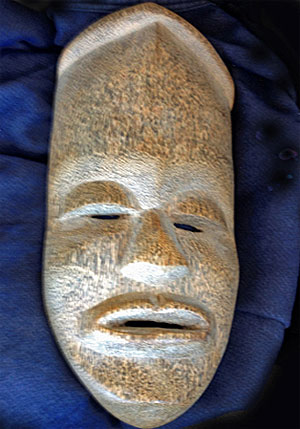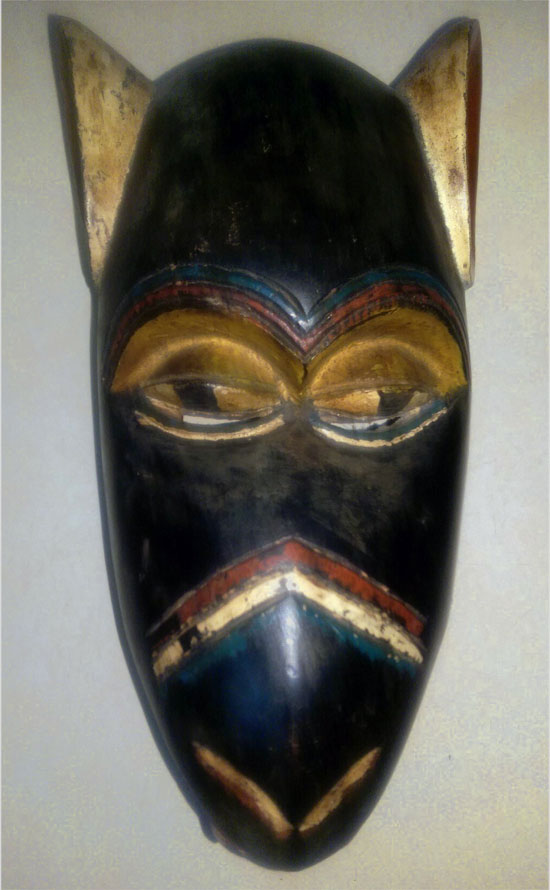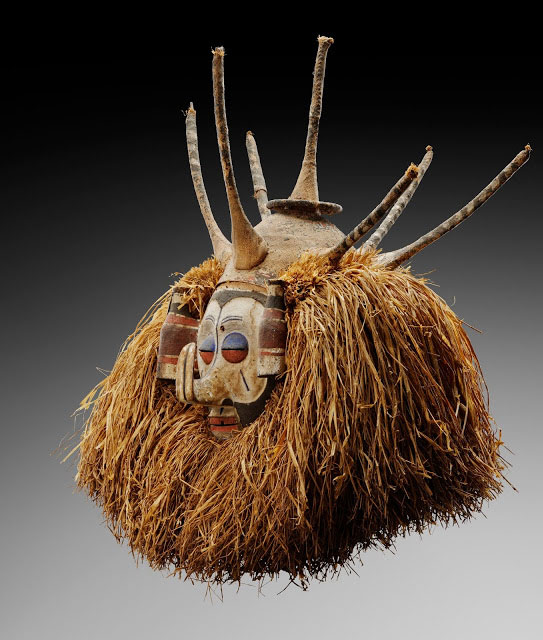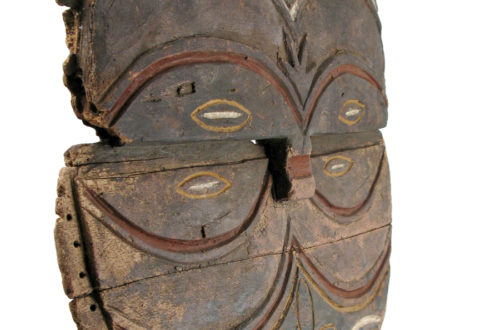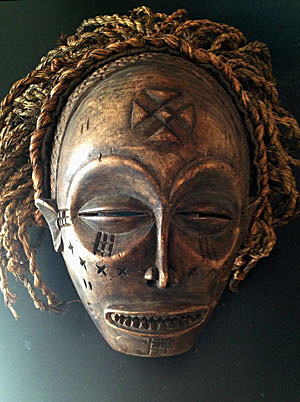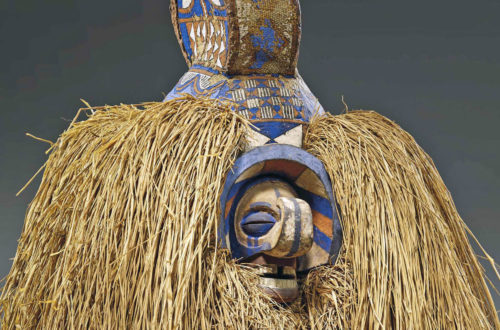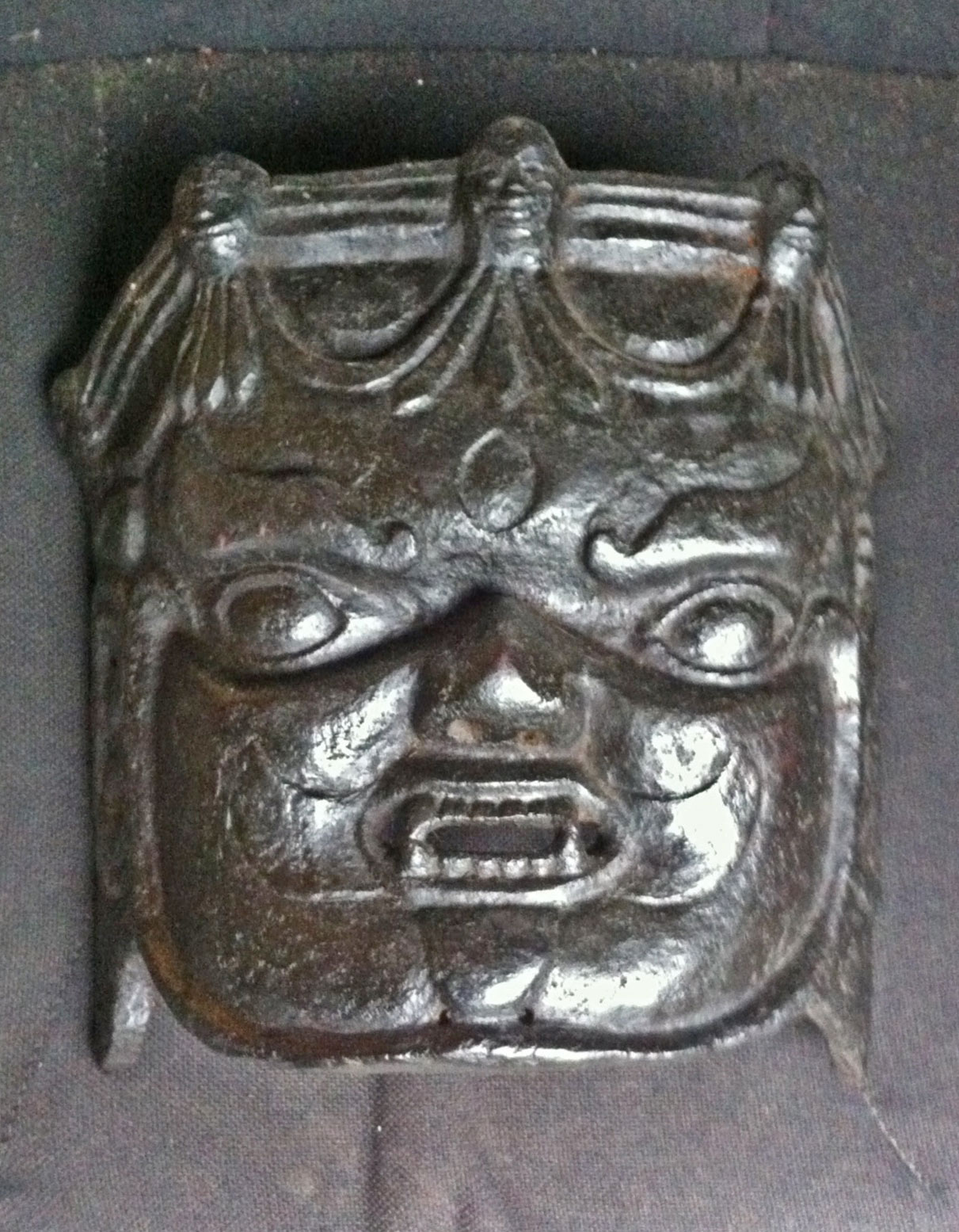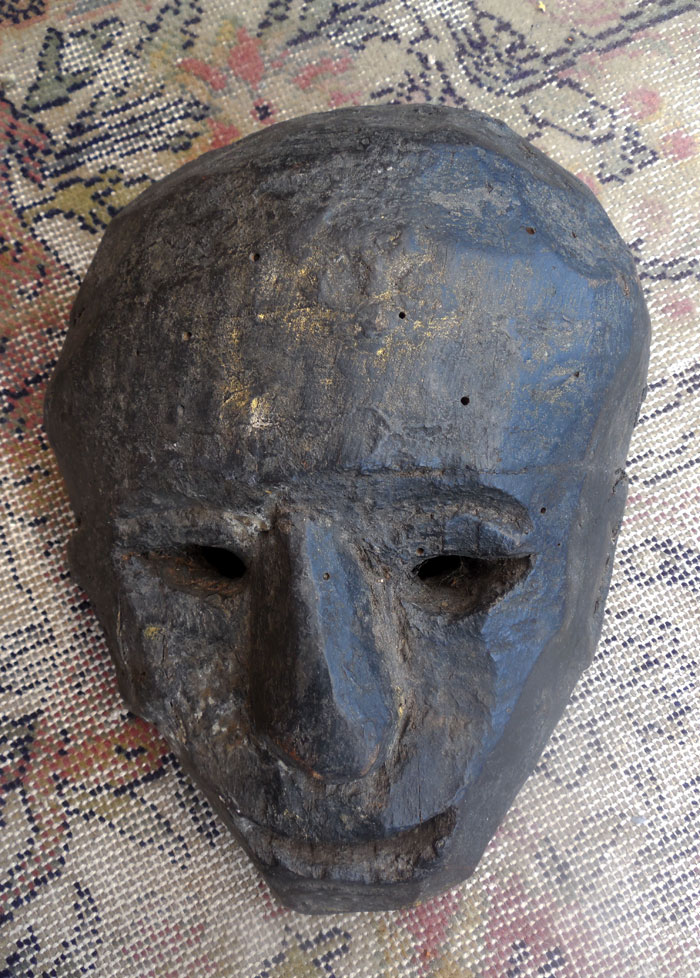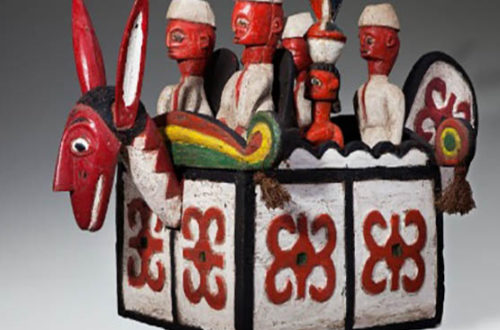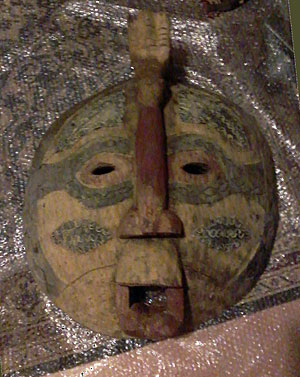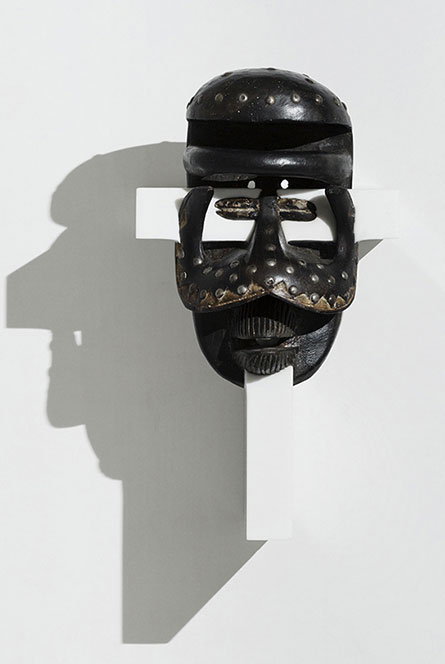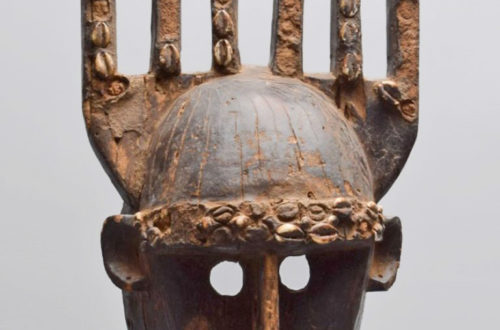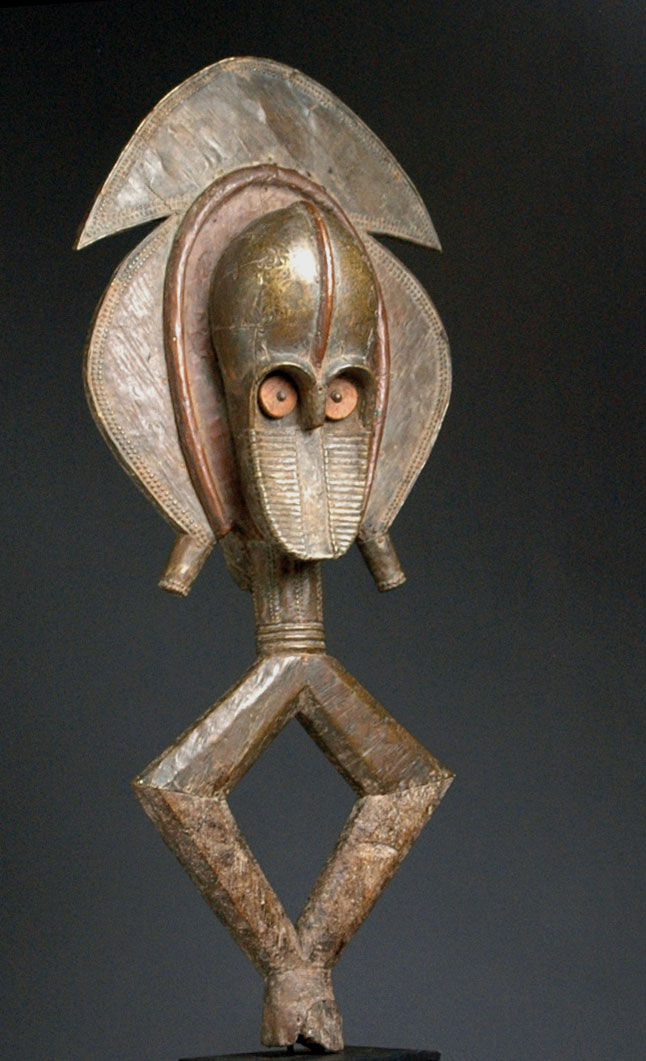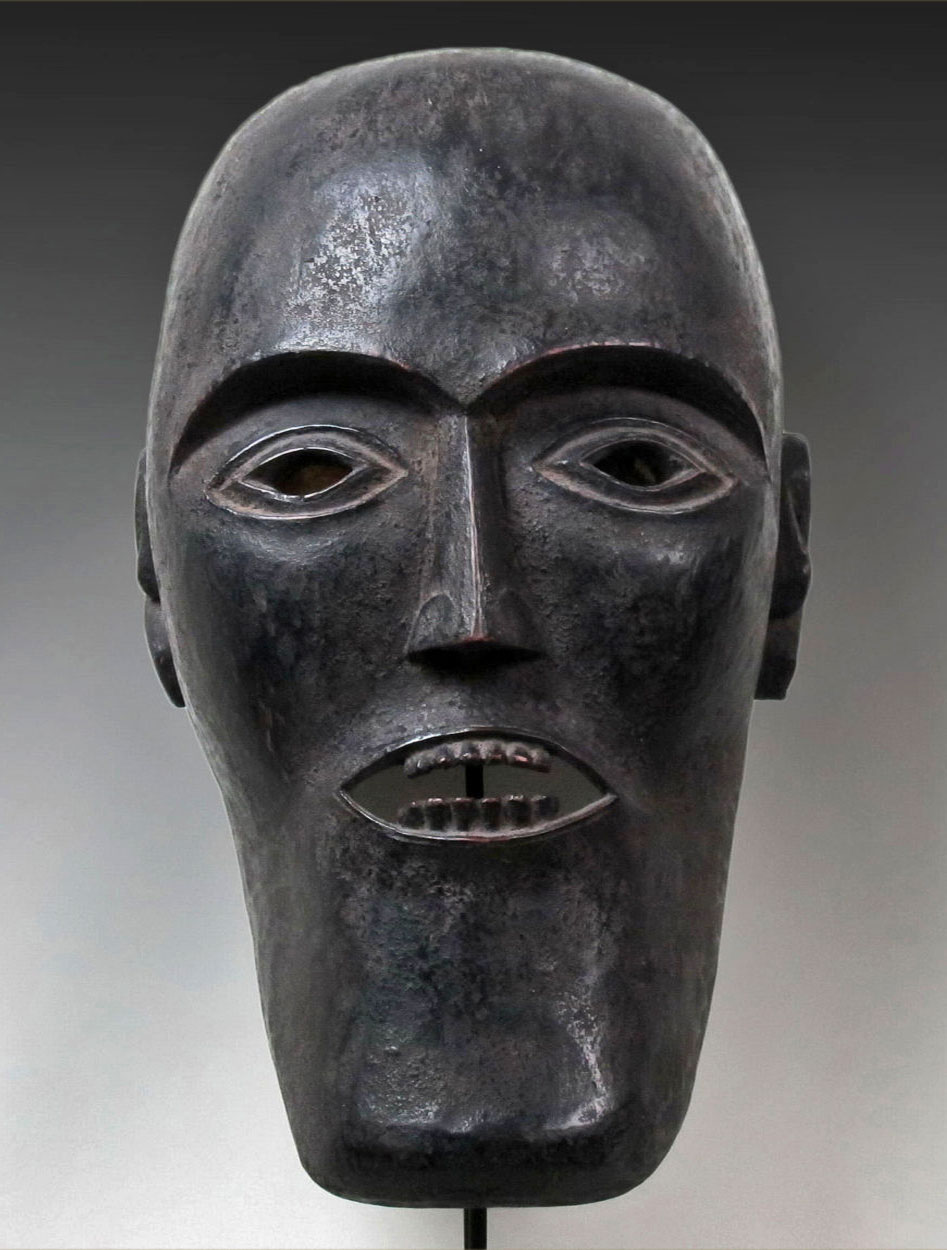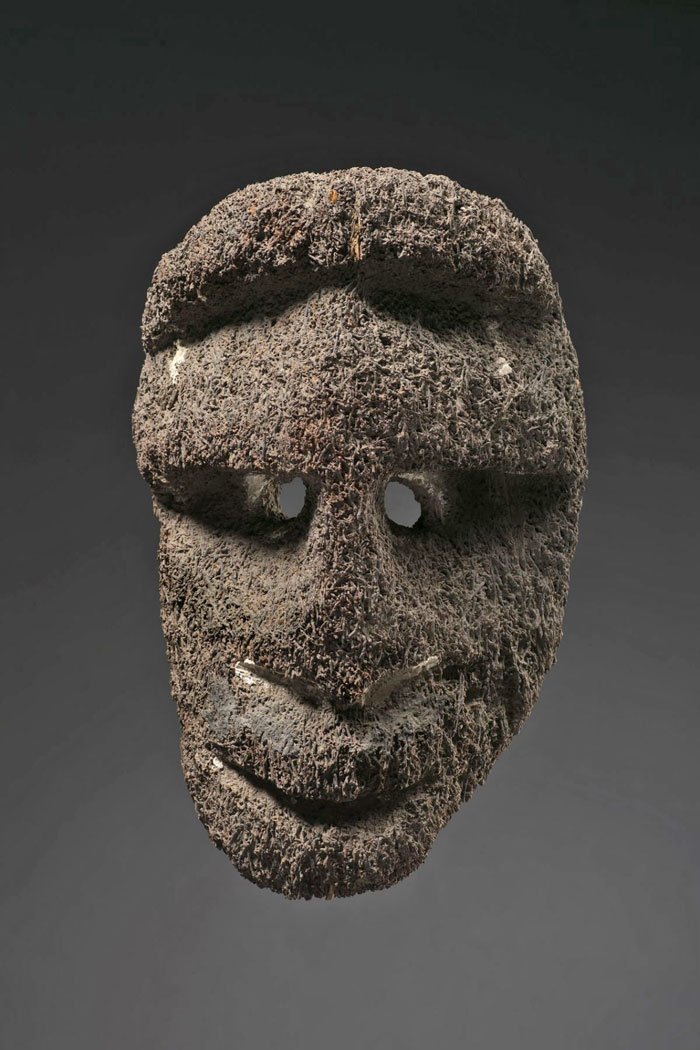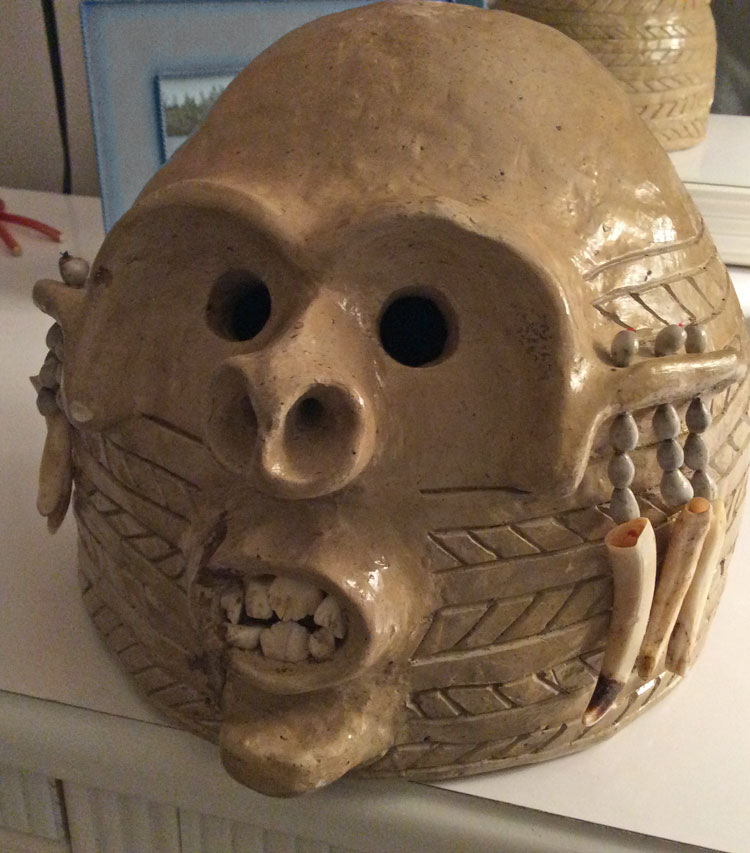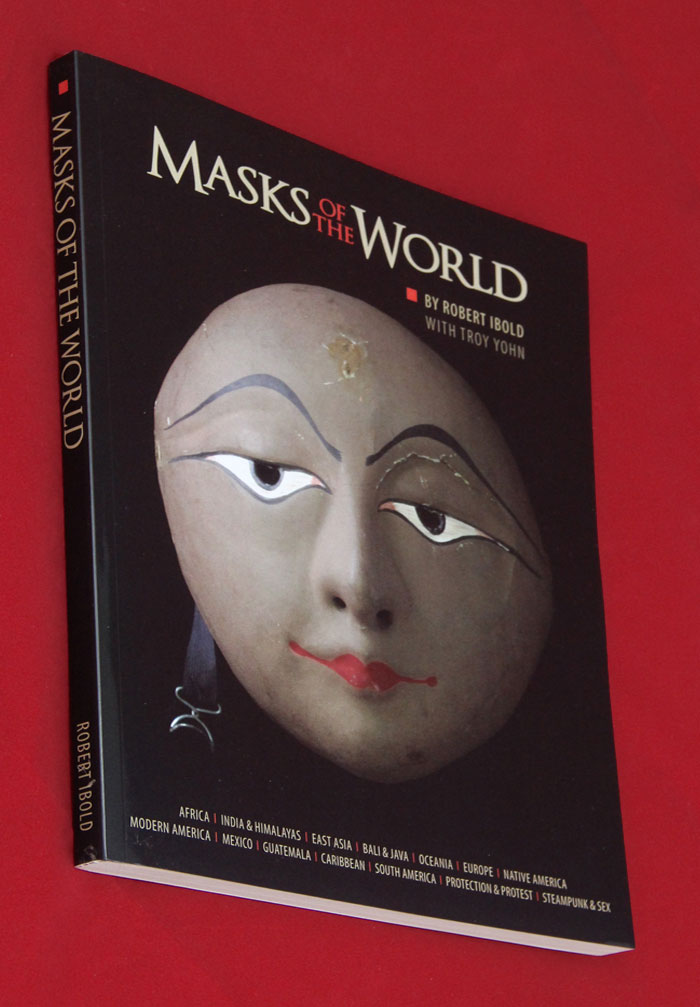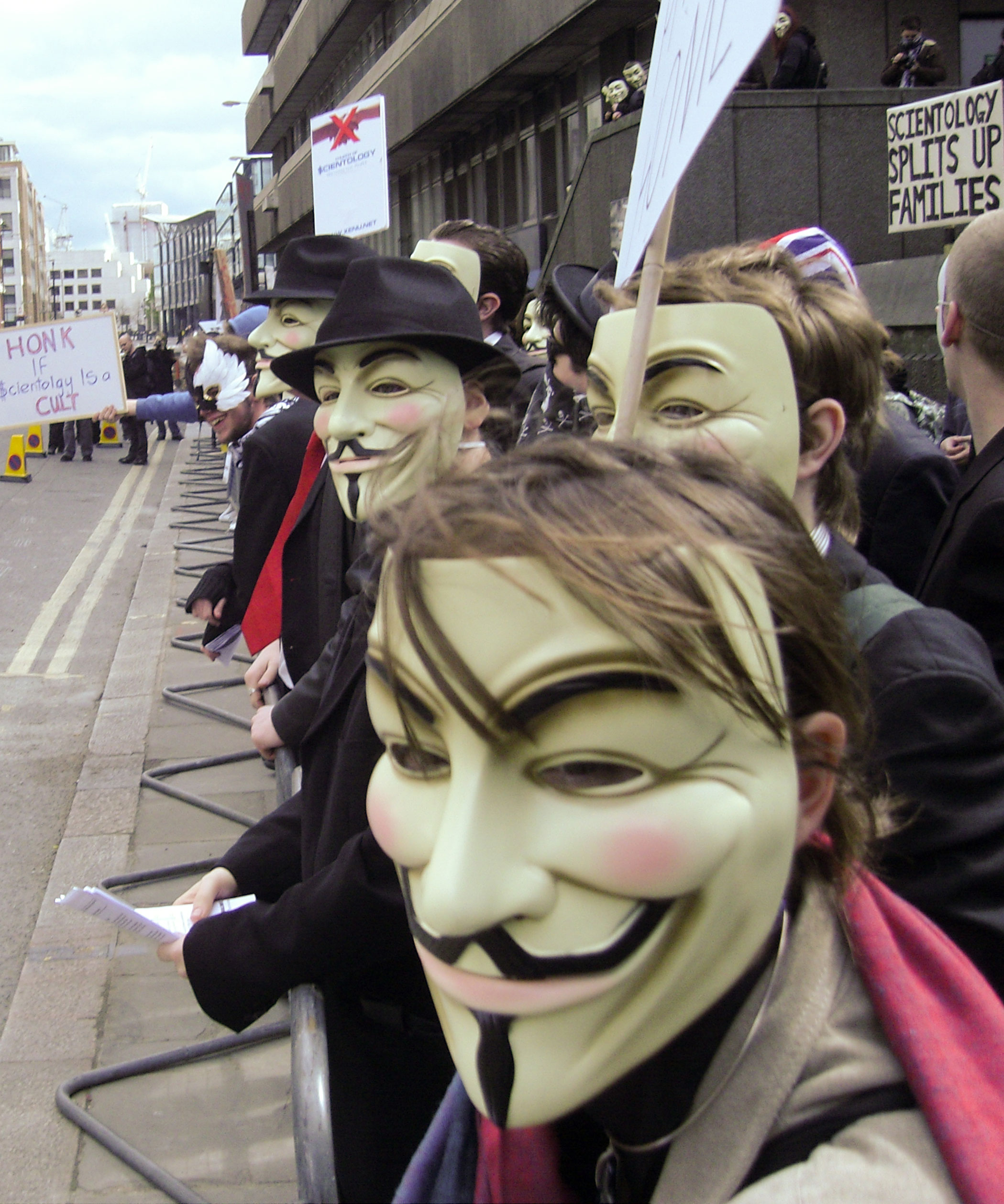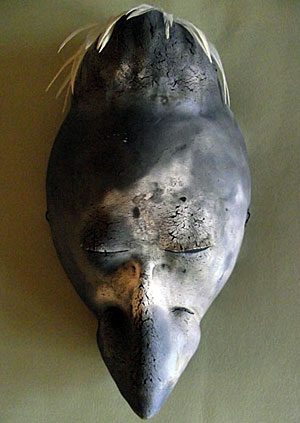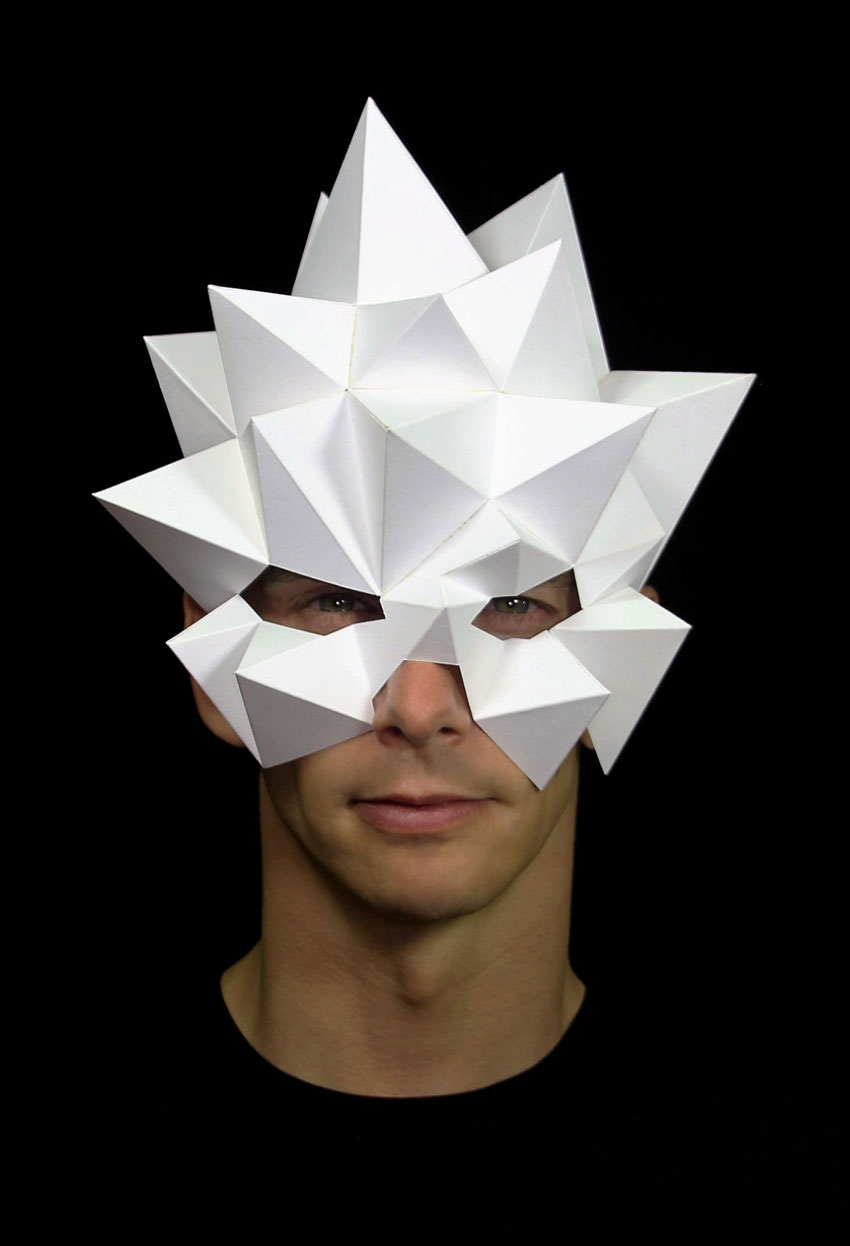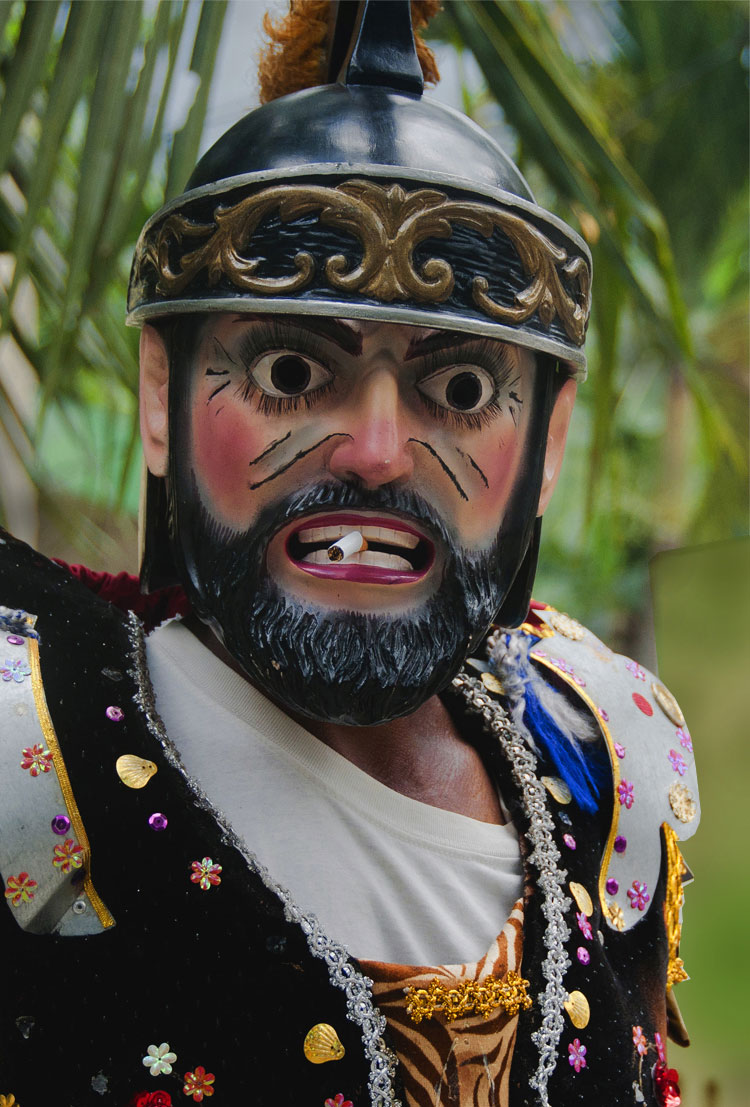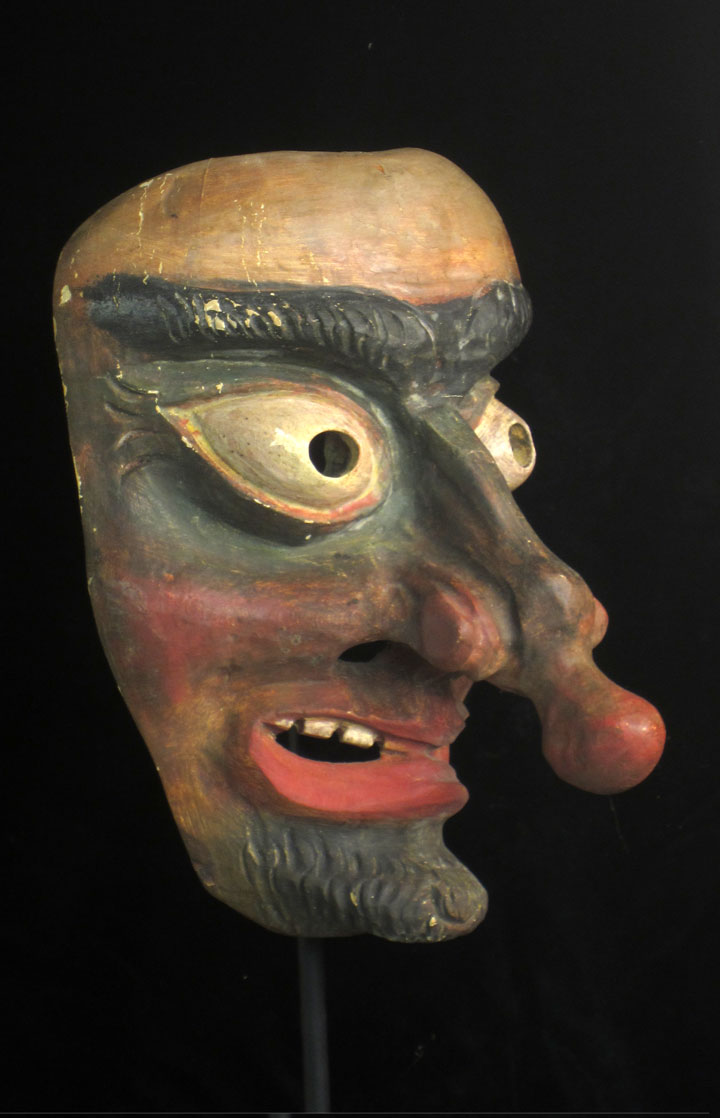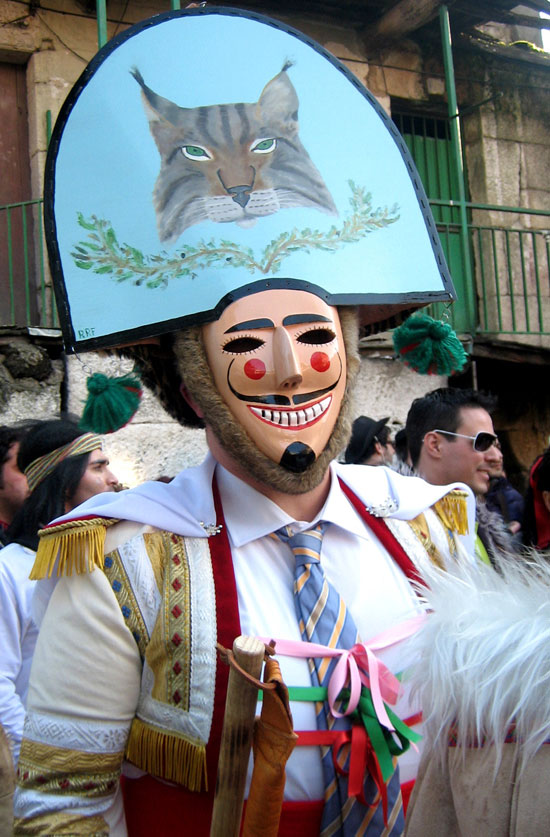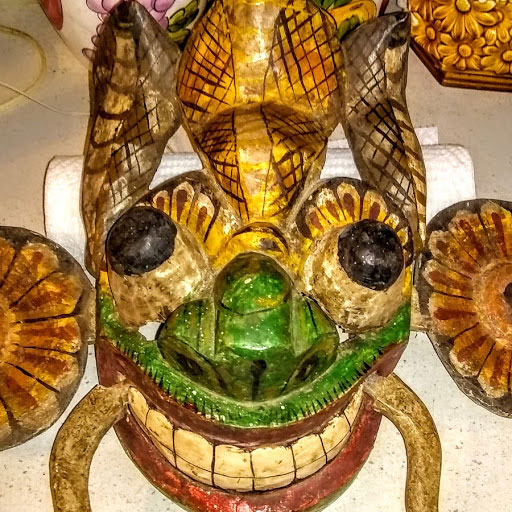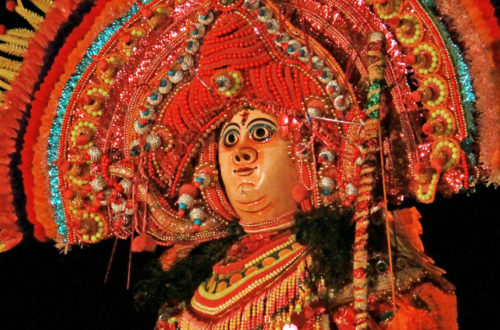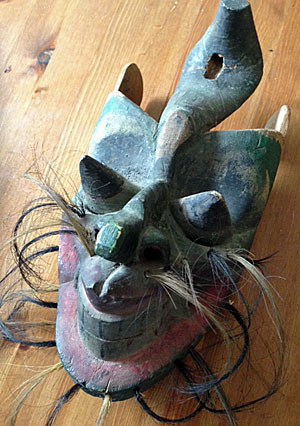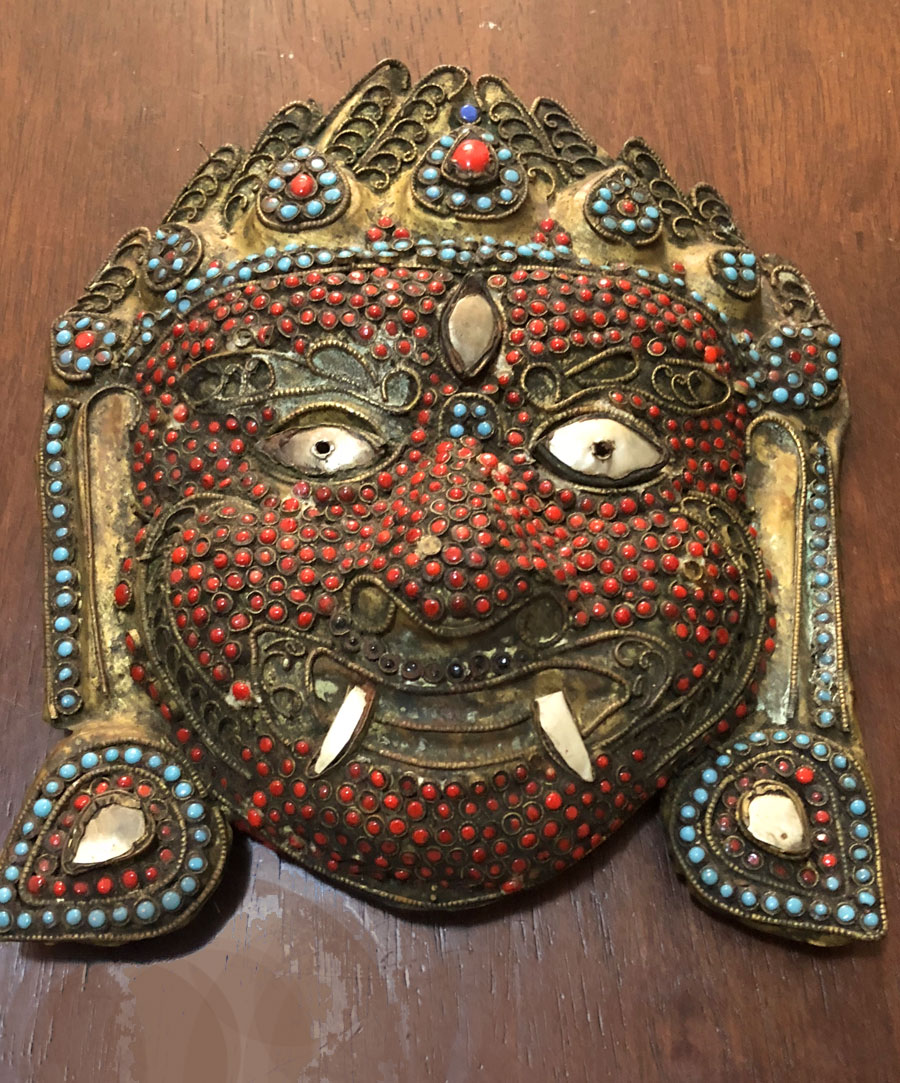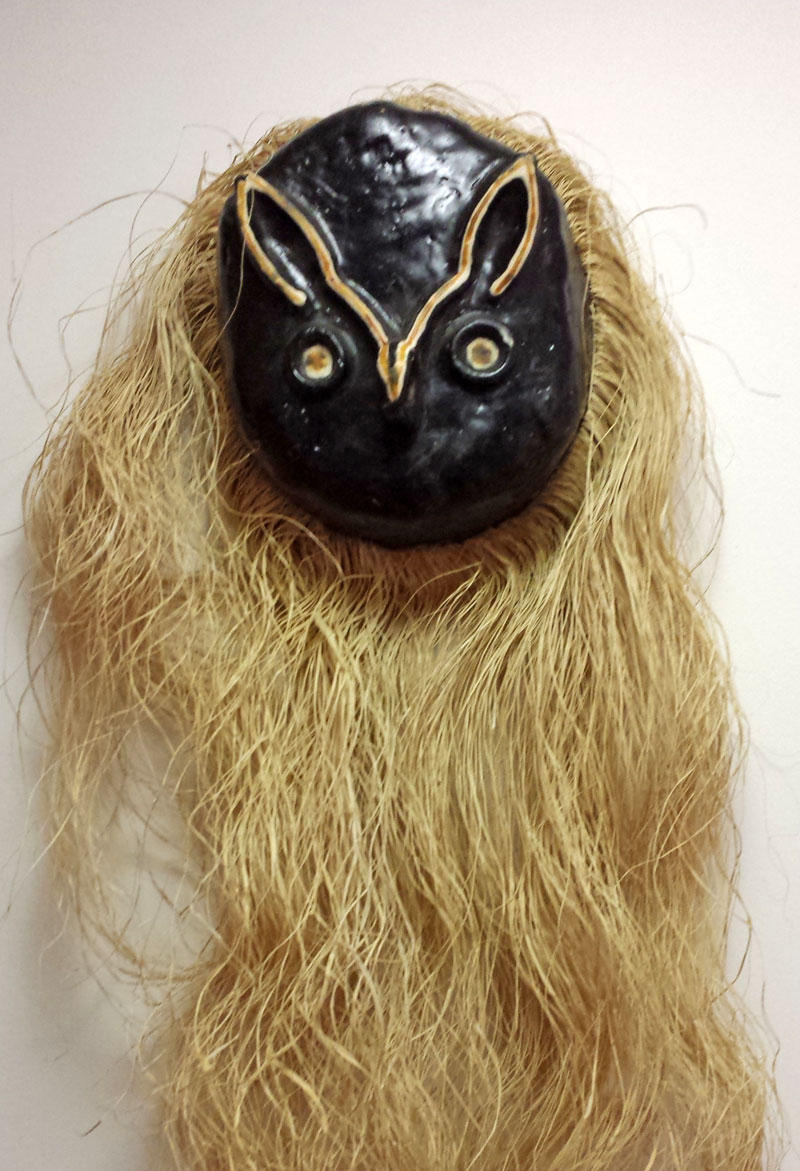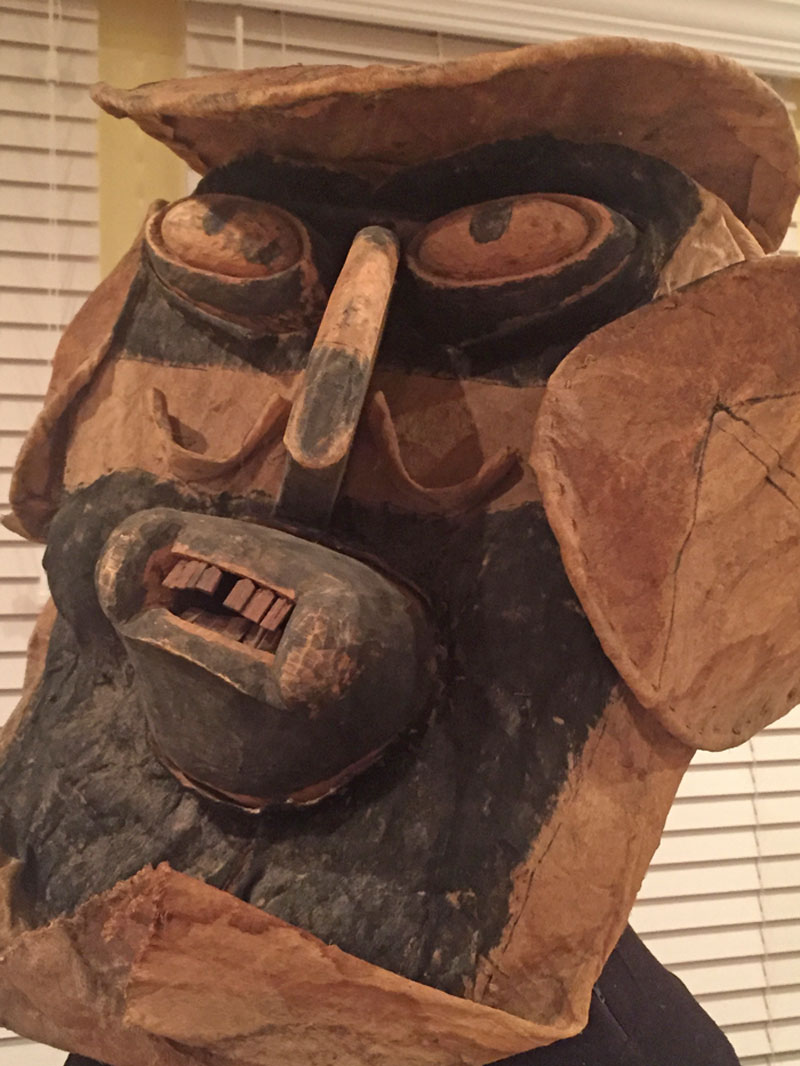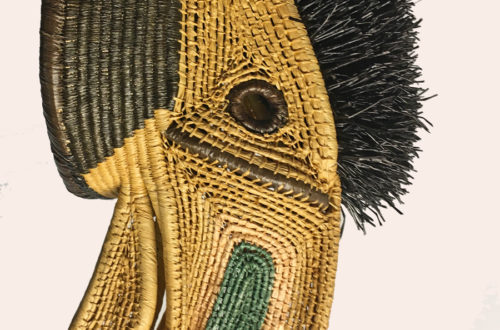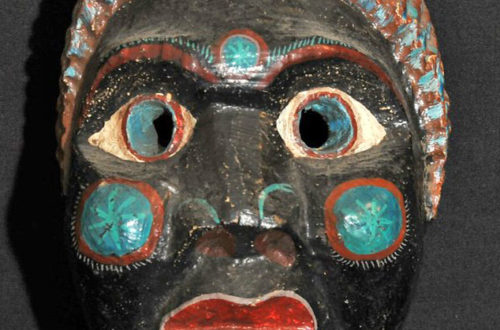In the DRC, mask performances that include Ngulu, the domestic pig, are highly entertaining. Ngulu either dances erect or performs on all fours to dramatize the erratic and uncontrollable nature of pigs. During performances, the dignified movements of such human characters as Pwo, the female ancestor, teaches acceptable social behavior in contrast with the unacceptable behavior of some animal characters. Teaching techniques such as dancing masks and puppetry are used during social gatherings for entertainment, to affirm creation myths, and as well in the initiation ceremonies of young boys who then mature into adulthood. Some people who send mask pictures to me are surprised when I say it is a…
-
-
13 Yaka masks in Brussels show
Yaka masks at Didier Claes stand this year in the famous Brussels show. BRAFA has no ‘best stand’ prize, but a strong contender would have been Didier Claes Gallery for sourcing a dozen impressive Yaka masks from the Congo, all at least 50 years old yet complete with raffia fibers. They’re used for the ritual dances associated with circumcision and coming of age, hence the phallic-tending noses and the variety of sizes, different masks with differing powers being worn as the ceremony progresses. They sold out at around €15-20,000 each. As a group of 13 they make quite an impression.
-
Himalayan mask of Mahakala
Q: I live in Paris and came across this mask a few weeks ago. It looks fine for the patina and the wear. Stylistically, it appears to come from Bhutan. Especially because of the bridge on the back of the mask that permit it to sit on top of the head allowing the dancer to look through the mouth of the mask. Sorry I do not have a side view. Any ideas? I am more into Buddhist art but collecting interesting masks once in a while. Many thanks for your help. Steve, 1279 A: It’s a Mahakala and could be from Bhutan, Nepal or Tibet. The big question is whether…
-
Dan/We/Guere mask that looks old
This well-used example of We, Dan or Kran masks is from Ivory Coast or Liberia. The mask shows signs of long use and excellent age. This mask belongs to the category of Kaogle and was traditionally associated with warfare. It was also used for judicial and educational ceremonies. Kaogle mask was also used as a dancing mask that served a number of functions in the Poro secret society. Masks like this are referred to as spirits. Today, like most masks still being produced in this territory, they are used primarily for the entertainment of both villagers and tourists. This mask comes from Africa Direct, a large and successful dealer of…
-
Boolean version of African mask
Masks like this one come from Liberia or Ivory Coast. It could be from the Bete, We or Kran people. We know that African masks had an influence on Western modern art in the late 19th and early 20th centuries, but this is recent. In most computer programming languages, a Boolean data type has only two possible values: true or false. I like the way this sculpture looks. Is it Boolean or not? You can read and see more about Boolian design here.
-
Sumatran helmet mask
Here is a very fine example of a Batak ceremonial dance mask from the Sumatra region of Indonesia. It is carefully carved and has a nice patina. Batak is a collective term used to identify a number of closely related Austronesian ethnic groups predominantly found in North Sumatra, Indonesia who speak Batak languages. The term is used to include the Karo, Pakpak, Simalungun, Toba, Angkola, and Mandailing which are related groups with distinct languages and customs.
-
Building a good collection is hard
I try to post as many masks as possible. However, for every interesting mask I see, there are several that I can’t publish. Here is a typical answer from the Mask Man for one that won’t get posted. Jeff— I found this mask at a garage sale. The women we bought it from said her husband picked it up from Africa many years ago. It is 11 inches long and 6 inches wide and made from wood. Any information you can give us about this mask would be great. Bob— This is an attractive carving that looks like a mask from Africa. It was made to be sold as a…
-
Ntanos Blast Mask
Lots of us like to wear masks to parties and special occasions. Here’s a line of masks that only cost $6.58 each. You have to buy the material and do the construction yourself. Ntanos furnishes the digital file, PDF and paper pattern. The picture shows my favorite. Go to www.etsy.com for more info about this British creation. Your friends will be impressed with your handiwork. Bob
-
Common Sri Lankan mask
Q: Did you get my pictures I sent of my mask? Candace, 1273 A: It’s a typical mask from that island culture off the Southern coast of India. Most of the people are Sinhalese who emigrated many years ago from Northern India. Their traditions of masquerade are rich and still in practice today. Unfortunately, Candace has sent us low resolution photos, nothing of the rear, no size or other information. It’s impossible for me to say much about this piece. It could be old and used, or a cheap tourist reproduction that that has been antiqued. I do like the shot that shows the fangs and ears separated from…
-
Animal mask of Amazon Indians
Q: This was gift from a friend (no longer here) of my husband’s. I have seen nothing similar on the web. I know nothing about it. It appears to be a bat representation. The material may be gourd with raffia. Amy, 1272 A: Your mask probably represents an owl. The Piaroa-Huarime Indians who live in the Northern Amazon region (close to the Orinoko River) use masks that mimic many different creatures. The black coating is actually a kind of wax. This is a beautiful example of one I’ve not seen before. It’s condition is perfect. Where do you think your husband’s friend got it? A


